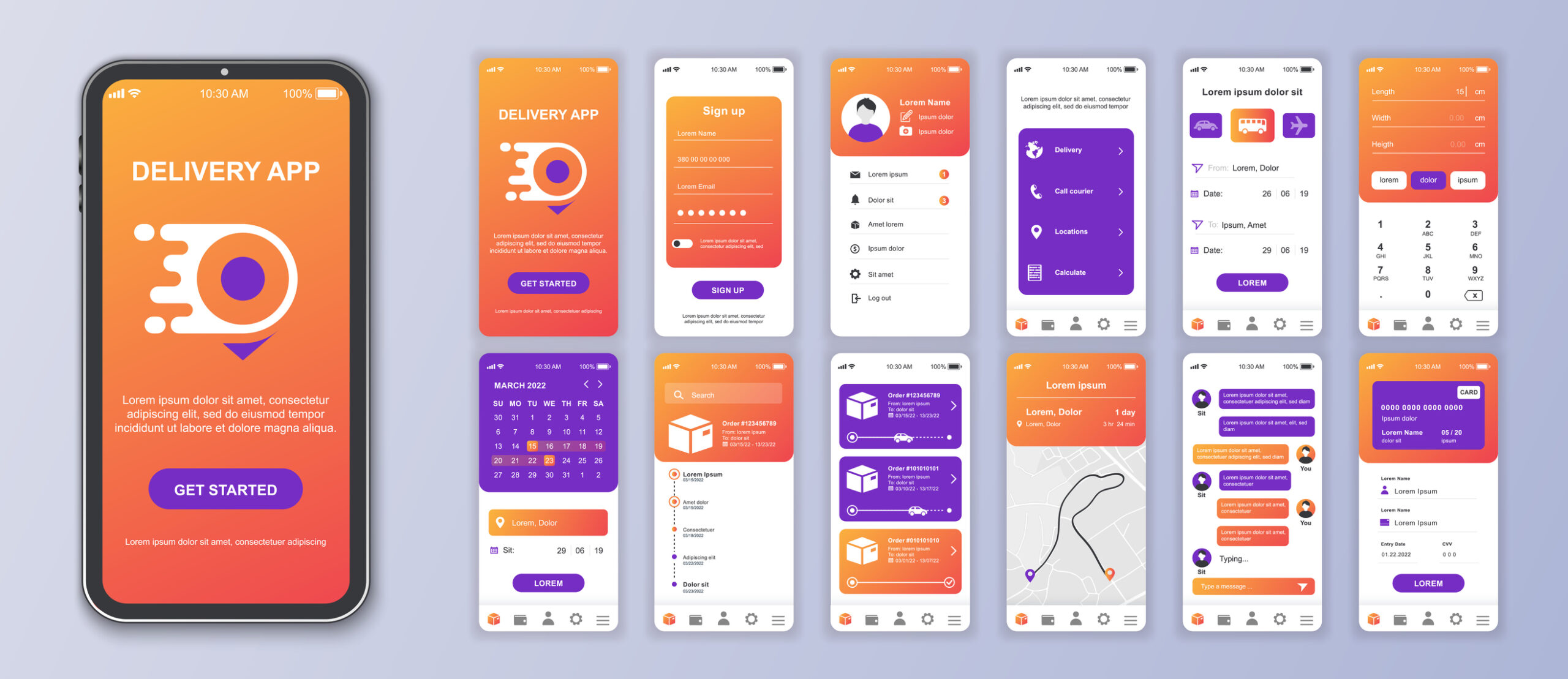Unless you’ve been living under a rock for a few decades, you are the direct beneficiary of a wealth of advancement in the UI/UX arena. Pretty much any mobile app, any website, any enterprise system you’ve used recently has seen a healthy investment in its user interface, and the experience users enjoy (or not!) when taking advantage of its offerings.
That said, there are plenty of legacy systems out there with antiquated user interfaces that still very much get the job done. As recently as last year we ran across some construction industry estimating systems that were (cough) emulating MS-DOS, and somewhat to our surprise, the users loved their system – they knew it inside and out and it gave them exactly what they needed and nothing more.
Most of our clients, though, are if anything hungry to further refine the UI/UX of their systems – they understand how critical a streamlined experience can be for familiarization, adoption, and efficiency. We have the great good fortune of working with a talented cadre of UI/UX aces, and I’m always amazed at the depth of their skills.
At one point I admit I thought fairly lightly about this area – I figured these folks were mainly concerned with colors and fonts, images, and page flow. It wasn’t until later that I realized how integral UI/UX needs to be to fully realize a client’s ambitions, and that a true UI/UX delivery expert is one part visionary, one part business analyst, and one part graphics whiz. Unless one of our clients is already fairly far along with their feature backlog grooming and refinement, involving UI/UX is one of the first things we stress in an engagement, and it’s not uncommon at all for the UI/UX team to remain involved with a client over the span of multiple years.
A good UI/UX team is focused on distilling client ideas into workable features, and the best craft user stories and epics with a keen eye towards how the development crew will actually build the features in question. Many experts have some elements of dev experience themselves, even if that’s in low- or no-code solutions, and that experience typically accelerates feature development, testing, and release.
In short, just like with PM’s, QA, and other roles that are sometimes over-shadowed by actual development, all hail the UI/UX team ! They play a critical role in every system we love. Eager to hear any follow-up comments on this topic.



